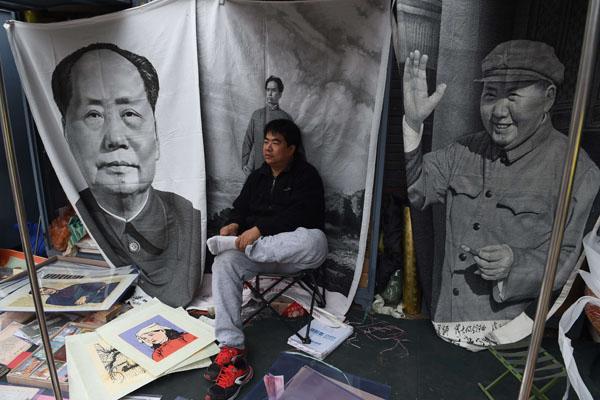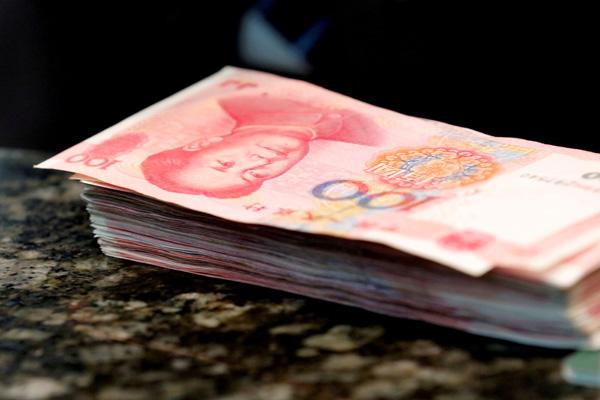You are here
EU looking to Asia to spur investment fund
By Agencies - May 07,2015 - Last updated at May 07,2015
HONG KONG — The European Union (EU) is seeking Asian capital for a multi-billion euro investment plan it hopes will create more than a million jobs and revive growth.
Through the creation of the European Fund for Strategic Investment, presented in Hong Kong on Thursday during its first roadshow outside Europe, the EU seeks to inject 315 billion euros into a range of long-term projects from broadband infrastructure to green energy.
To attract investors, the EU has pledged 16 billion euros from its own budget in guarantees and is looking to fund around 20 per cent of each project.
Despite the problems posed by the Greek crisis and low growth, some Asian investors signalled an appetite for Europe.
"Asia right now is flush with liquidity and European companies are a bargain. It's a no brainer for Asian investors, particularly Chinese ones, to diversify into Europe," indicated Vincent Chu, Chairman of First Eastern Investment Group, who has already invested more than $300 million in the region.
According to Chu, Chinese companies are keen to get into Europe to access technology and know-how and bring these back into Asia.
Social costs
This know-how rests often with small, family-owned European firms that are however reluctant to accept Chinese investors, indicated Raymond Yip, deputy executive director at the Hong Kong Trade Development Council.
Asian investors, first of all Chinese, have already started investing in the EU, China's biggest export market.
But investments are often concentrated in a few countries, particularly the UK, and in real estate.
Under the plan, EU institutions would act as junior partners in any investment, meaning they would take the first hit were the project to run into problems.
The plan, expected to win final approval in the European Parliament by July, is already attracting interest from sovereign wealth funds in Asia and in the Gulf, a EU official told Reuters.
"We feel there are opportunities to invest in Europe," said George Yuen, a director at China's ICBC, the world's biggest bank by market capitalisation.
"Of course, one has to deal with issues such as high social costs. But we think the advantages outweigh the disadvantages," he added
Separately, the International monetary Fund (IMF) said in a report Thursday that Asian economies will lead world growth in 2015, expanding at a 5.6 per cent pace that is level with last year, as recoveries in India and Japan help to offset the slowdown in China.
IMF economists expressed concern, however, over the potential for weaker growth if policymakers in the region fail to follow through with needed changes, saying it was a time not for "alarm but it is a time for alert".
The IMF's regional economic outlook forecasts that growth in the Asia-Pacific area will moderate to 5.5 per cent in 2016.
Asian growth fell to 5.5 per cent in 2014 from 5.9 per cent in 2013, and is bound to shift lower as China's economy, the world's second largest, settles at a more sustainable level than the torrid double-digit pace of the past decade.
China's report of 7 per cent growth in the first quarter of the year was in keeping with that trend.
"You cannot expect that a country can keep 10 per cent growth forever," said Changyong Rhee, director of the IMF's Asia and Pacific Department. "The current phase of growth is in line with our forecasts, but even if it's a desirable slowdown it can have a negative impact on other countries."
Rising levels of debt and potential financial market disruptions are other risks to growth, though moves by Chinese financial regulators to rein in margin trading and umbrella trusts are a positive step, he indicated in a news conference that was broadcast online.
On a broader scale, the IMF report said its estimates show lower oil prices could help boost global growth by 0.3 percentage points to 0.7 percentage points in 2015.
Major producers of oil and other commodities are suffering from lower exports, but for countries such as Japan, China and Thailand the lower costs are a boon both for businesses and consumers.
Growth varies widely across the region, from 8.3 per cent forecast for 2015 in Myanmar, 7.5 per cent for India and 6.8 per cent for China to 1 per cent for Japan.
Japan, the world's No. 3 economy, shows signs of recovering from a recession last year following an increase in the country's sales tax to 8 per cent from 5 per cent.
The IMF's report said that Japan's growth will remain modest but could improve with more aggressive measures to improve productivity through improved labour laws and corporate governance.
Despite its slowdown, China remains a main driver of global gross domestic product expansion, accounting for a larger share of world economic growth than the rest of Asia combined, the IMF said.
Reforms intended to make the state-dominated economy more productive, with stronger domestic consumption and services, and less dependence on trade and investment are crucial for future growth, Rhee stressed.
Full implementation of reforms would boost overall income by 5 per cent by 2020 over the economy's performance without such reforms, he said.
Related Articles
BEIJING — China's economic slowdown is likely to persist in the coming years as the Asian giant struggles with sagging productivity and a ra
BEIJING — China has never said the economy must grow 7 per cent this year, Premier Li Keqiang said in comments reported by the government ah
SHANGHAI — China's central bank set the yuan's central parity rate weaker than 6.7 to the dollar for the first time in six years on Monday,














